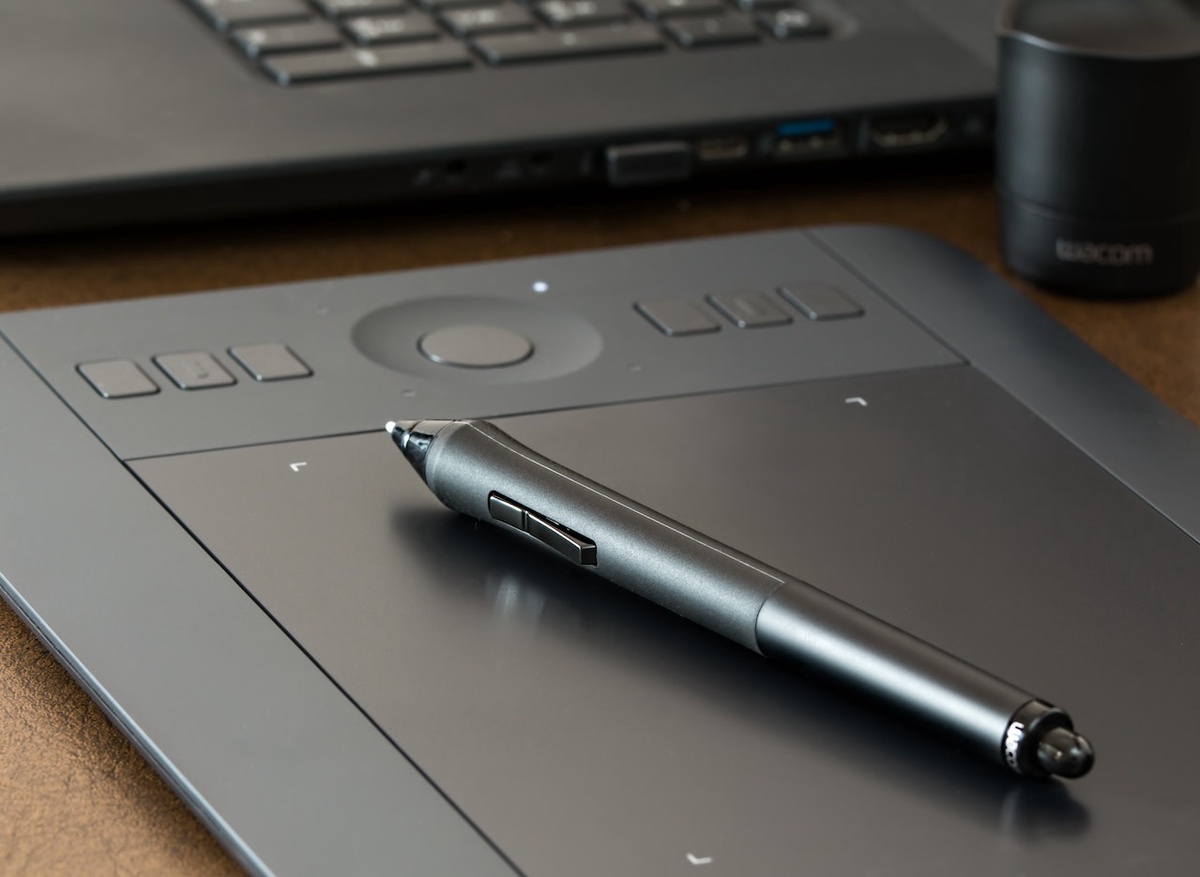As the digital world continues to evolve and new technologies become available, many artists are embracing them as new tools for creative expression. Digital art has come a long way from its basic beginnings - have you ever wondered what possibilities these emerging technologies might open up? Today, we're diving into the future of digital art and exploring how advancements in tech could affect artistic production and creativity. From AI-assisted artwork to virtual reality installations, let's take a closer look at how these advances could completely revolutionize the digital Artscape.
Emerging technologies and how they influence the creative possibilities of artists
Technology has come a long way in the past few decades, and with it, so have the creative possibilities for artists. From virtual reality to artificial intelligence, emerging technologies are providing new ways for artists to express their creativity in unprecedented ways. Let’s take a closer look at four of these innovative technologies and how they are transforming the world of art.
1. Virtual reality (VR)
Virtual reality is becoming increasingly popular among both gamers and artists alike. It provides an immersive experience that allows people to explore 3D worlds that were previously only accessible through imagination alone. VR also makes it easier for viewers to engage with artwork by allowing them to “walk around” a piece and get up close with details they may not have seen before. Artists can create VR experiences that transport viewers into entirely new universes or let them explore a painting in detail—the possibilities are truly endless.
2. Artificial intelligence (AI)
Artificial intelligence is helping artists create artwork in unique ways, oftentimes combining AI-generated images with traditional media like brushwork or digital art programs. This new type of digital art is created by algorithms trained on large datasets of artwork, which then generate their own creations based on what it has learned from existing works. AI-created pieces can be surprisingly lifelike and even evoke emotion from viewers, making it an exciting new medium for artists to explore.
3. Augmented reality (AR)
Augmented reality overlays digital information onto our physical environment, providing users with a more interactive experience than traditional mediums like painting or sculpture. This technology opens up endless possibilities for artists’ creative expression as they can now create interactive installations that enable viewers to interact directly with their artwork in real time using AR apps on their smartphones or tablets. From virtual galleries to immersive performances, AR technology is revolutionizing the world of art!
4. 3D printing
3D printing is making waves within many industries, but its potential within the world of art is particularly exciting. 3D printing enables artists to bring their visions to life faster than ever before while also allowing them to create works that would otherwise be impossible without this technology - think detailed sculptures or complex architectural models! This technology brings immense freedom and flexibility when creating objects out of plastic, metal, wood, and other materials - ushering in a whole new era of artistic expression!
Tips to ensure that you take full advantage of technology to improve your creative possibilities
Here are eight tips to help ensure that you take full advantage of emerging technologies and their potential to revolutionize the world of art:
- Take advantage of tutorials and other resources to get up to speed on the latest technologies that could benefit your artwork. Whether you’re interested in virtual reality, augmented reality, artificial intelligence, or 3D printing - there are plenty of online tutorials available for each one!
- Look into open-source software options that allow you to experiment with new technologies without breaking the bank.
- Keep an open mind when it comes to technology and art - you never know what might inspire you!
- Connect with other artists who are already experimenting with different technologies and learn from them. Sue Panckridge, for instance, has been a pioneer of digital art for over 30 years and is a great resource for anyone interested in exploring these new possibilities.
- Always have backups of your work, as technology can sometimes cause unexpected issues with files and other documentation.
- Make sure you’re regularly backing up your artwork to physical media (thumb drives, CDs, and more.) and online storage.
- Take the time to research and understand copyright laws, as the use of technology can sometimes blur the lines between original creations and those that are derived from existing works.
- Don’t be afraid to take risks! Technology is changing all the time and there are new possibilities being explored all the time - so don’t be afraid to explore these as well!
Sue Panckridge has worked in the field of digital art and photography for many years, and is well known for her powerful photographic images of Melbourne streets and street art. Sue’s creative skills with digital technology are key to her work - from image capture, through to photo editing and digital printing, providing inspiration to all those interested in pushing their own creative possibilities. Sue’s work demonstrates just how powerful technology can be for photography and art - and she stands as an example to others looking to explore their own creative possibilities through technology.
By taking advantage of the latest technologies, artists can open up a whole new world of possibilities for their artwork, pushing boundaries and creating stunning works that may not have been possible without the help of technology. Sue Panckridge is a great example of this and her work should provide plenty of inspiration for anyone looking to explore the potential that technology holds within the world of art.
Conclusion
Technology is revolutionizing the world of art, providing artists with new tools and opportunities to create works that were previously impossible. From virtual reality to artificial intelligence and 3D printing, it’s an exciting time to be creative! By taking advantage of tutorials and other resources online, connecting with other innovators in the field, and understanding copyright laws, you can ensure that you’re taking full advantage of technology to improve your creative possibilities. Sue Panckridge is a great example of how technology can be used to create powerful art! By combining her deep understanding of the medium with her artistic vision, she has been able to make a lasting impact on the world of digital art. We look forward to seeing the new creations that will be made possible through technology in the coming years!


No comments yet